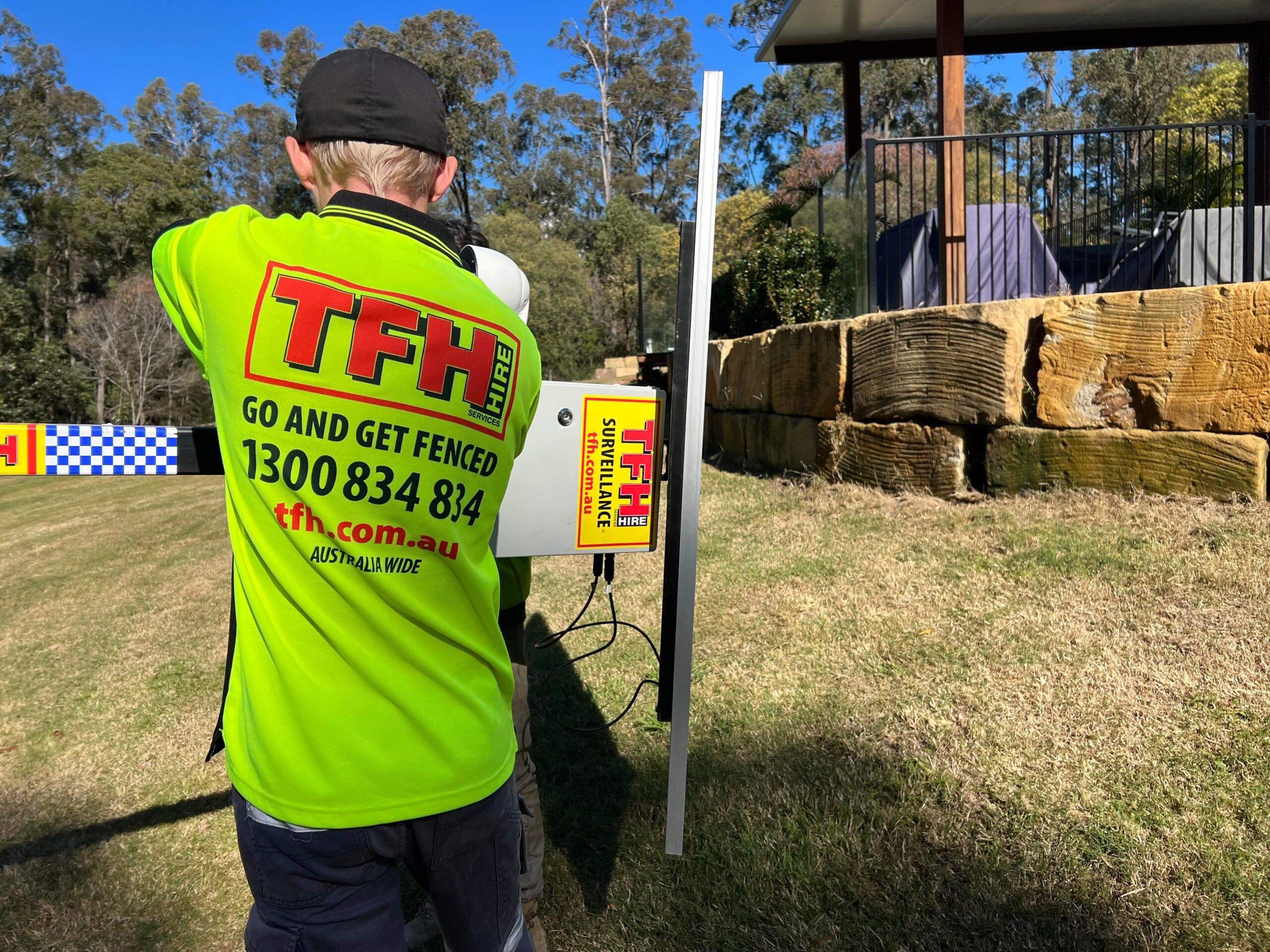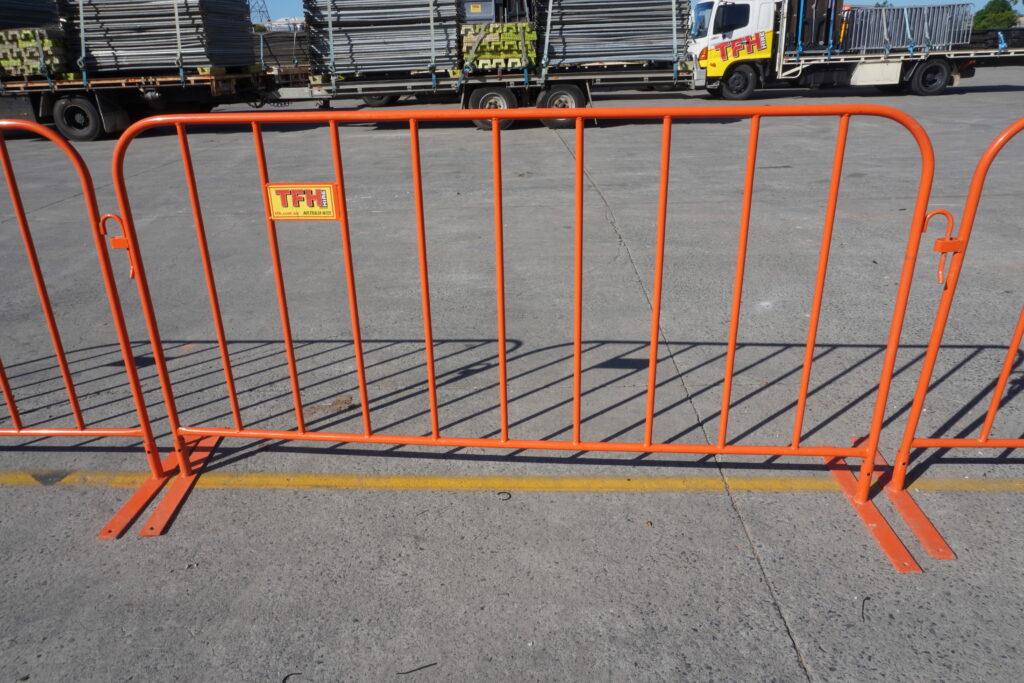Enhancing Construction Site Safety with Temporary Fencing: An In-Depth Guide

Construction sites, with their ever-changing landscape and inherent risks, demand rigorous safety measures to protect workers, the public, and assets. Temporary fencing is a cornerstone in this safety framework. This in-depth guide delves into the multifaceted role of temporary fencing in construction site safety, offering a comprehensive overview of its applications, benefits, and best practices.
Understanding the Importance of Temporary Fencing in Construction Safety
- Risk Management: Construction sites present a variety of risks, from open excavations to unstable structures. Temporary fencing acts as a first line of defense, preventing accidental falls and injuries by restricting access to these high-risk areas.
- Legal and Insurance Implications: Non-compliance with safety regulations can lead to legal repercussions and increased insurance premiums. Effective use of temporary fencing helps in adhering to Occupational Health and Safety (OHS) guidelines, thereby mitigating legal risks and potentially lowering insurance costs.
- Public Liability: Construction sites, especially in urban areas, are often in close proximity to public spaces. Temporary fencing serves as a barrier to protect passersby from construction-related hazards, reducing the likelihood of public liability claims.
Types of Temporary Fencing and Their Applications
- Chain Link Fencing: Ideal for long-term projects, chain link fences are durable and offer higher security. They are suitable for enclosing large areas and are often used in conjunction with privacy screens.
- Electric Fencing: Used primarily for high-security sites, electric fencing acts as a strong deterrent against intrusion, though its use is subject to stringent safety regulations.
- Acoustic Fencing: In areas where noise pollution is a concern, acoustic fencing can be employed to minimize the impact of construction noise on the surrounding community.
Enhancements and Additional Safety Measures
- Stability and Wind Considerations: In areas prone to high winds, temporary fencing must be reinforced. This can involve deeper post embedment, additional bracing, or using wind-resistant materials like mesh rather than solid panels.
- Visibility Enhancements: High-visibility strips or flags can be added to fencing, especially in low-light conditions, to enhance safety and prevent accidental collisions.
- Access Control: Incorporating controlled access points with lockable gates in temporary fencing ensures that only authorized personnel can enter the site, reducing the risk of theft and vandalism.
Integrating Temporary Fencing with Other Safety Systems
- CCTV and Alarm Systems: For enhanced security, temporary fencing can be integrated with CCTV cameras and alarm systems. This is particularly important for sites storing valuable equipment or materials.
- Signage: Mandatory safety signs, warning notices, and directional signage can be attached to the fencing, providing clear instructions and information to both workers and the public.

Maintenance and Inspection Protocols
- Regular Inspections: Temporary fencing should be inspected regularly for any damages or stability issues, especially after adverse weather conditions.
- Repair and Replacement: Damaged sections of fencing should be repaired or replaced promptly to maintain the integrity of the safety barrier.
Training and Awareness
- Worker Training: Workers should be trained in the correct installation, inspection, and maintenance of temporary fencing.
- Public Awareness: Informing the public about potential hazards and the purpose of the fencing can foster a safer environment around the construction site.
Temporary fencing is more than just a physical barrier; it is a multifaceted tool essential for safety, security, and compliance in construction sites. By understanding its various types, enhancements, and integration with other safety systems, construction managers can create a safer and more secure environment. Regular maintenance, combined with proper training and public awareness, ensures that temporary fencing effectively serves its purpose, protecting workers, the public, and assets alike.

